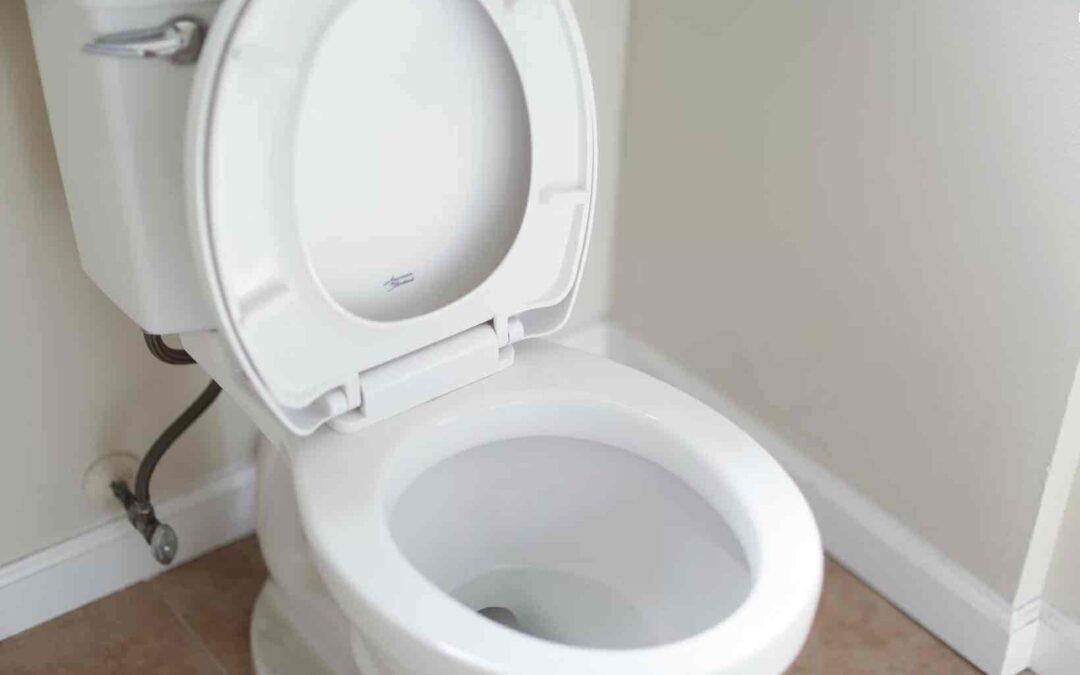Dealing with a low toilet flange can be a frustrating experience, as it can cause instability and potential leaks in your bathroom. Fortunately, there are effective solutions to address this issue and restore the proper functionality of your toilet. In this blog, we will explore various methods and techniques on how to fix a low toilet flange, providing new ideas and advice to help you tackle this common plumbing problem.
- Use a Flange Extender: A flange extender is a simple yet effective solution to raise the height of a low toilet flange. This device is typically made of PVC or rubber and can be easily installed over the existing flange to elevate it to the desired level. Flange extenders come in different sizes to accommodate various flange heights, and they provide a stable base for securing the toilet in place.
- Install a Toilet Flange Spacer: Similar to a flange extender, a toilet flange spacer is designed to raise the height of a low flange. These spacers are made of durable materials such as PVC or rubber and can be stacked to achieve the desired height. By placing the spacer on top of the existing flange, you can ensure proper alignment and stability for the toilet.
- Use Toilet Shims: Toilet shims can be a practical solution for addressing a low toilet flange. These thin, wedge-shaped pieces are typically made of plastic or rubber and can be inserted under the toilet base to compensate for the height difference. By strategically placing shims in the areas where the toilet is unstable or uneven, you can create a level surface and prevent leaks.
- Replace the Wax Ring: In some cases, a low toilet flange may require the replacement of the wax ring. The wax ring provides a watertight seal between the toilet and the flange, preventing leaks. If the flange is significantly lower than the finished floor, the existing wax ring may not be sufficient. By replacing it with a thicker wax ring or using an extra wax ring, you can ensure a proper seal and prevent water damage.
- Consider Flange Repair Kits: Flange repair kits are specifically designed to address various flange issues, including low flanges. These kits often include a combination of flange extenders, spacers, and reinforcement plates to provide a comprehensive solution. They offer flexibility in adjusting the flange height and provide added stability for the toilet installation.
- Seek Professional Help: While some low toilet flange issues can be resolved with DIY methods, more complex situations may require professional assistance. If you encounter challenges or lack the necessary plumbing skills, it is advisable to consult a licensed plumber. They have the expertise and experience to accurately diagnose the problem and recommend the most suitable solution.
- Preventive Measures: To avoid future issues with a low toilet flange, it is essential to take preventive measures. Ensure that the flange is properly installed at the correct height during construction or renovation. Additionally, avoid excessive weight or pressure on the toilet, as this can cause the flange to sink over time. Regularly inspect the flange and address any signs of deterioration or movement promptly.
Conclusion
Dealing with a low toilet flange can be a hassle, but with the right techniques and solutions, you can overcome this plumbing challenge. Whether it’s using flange extenders, spacers, shims, or replacing the wax ring, there are various options to raise the flange and restore stability to your toilet. If you’re unsure or encounter difficulties, don’t hesitate to seek professional assistance. By addressing the issue promptly and taking preventive measures, you can ensure a properly functioning toilet and minimize the risk of leaks or damage.

